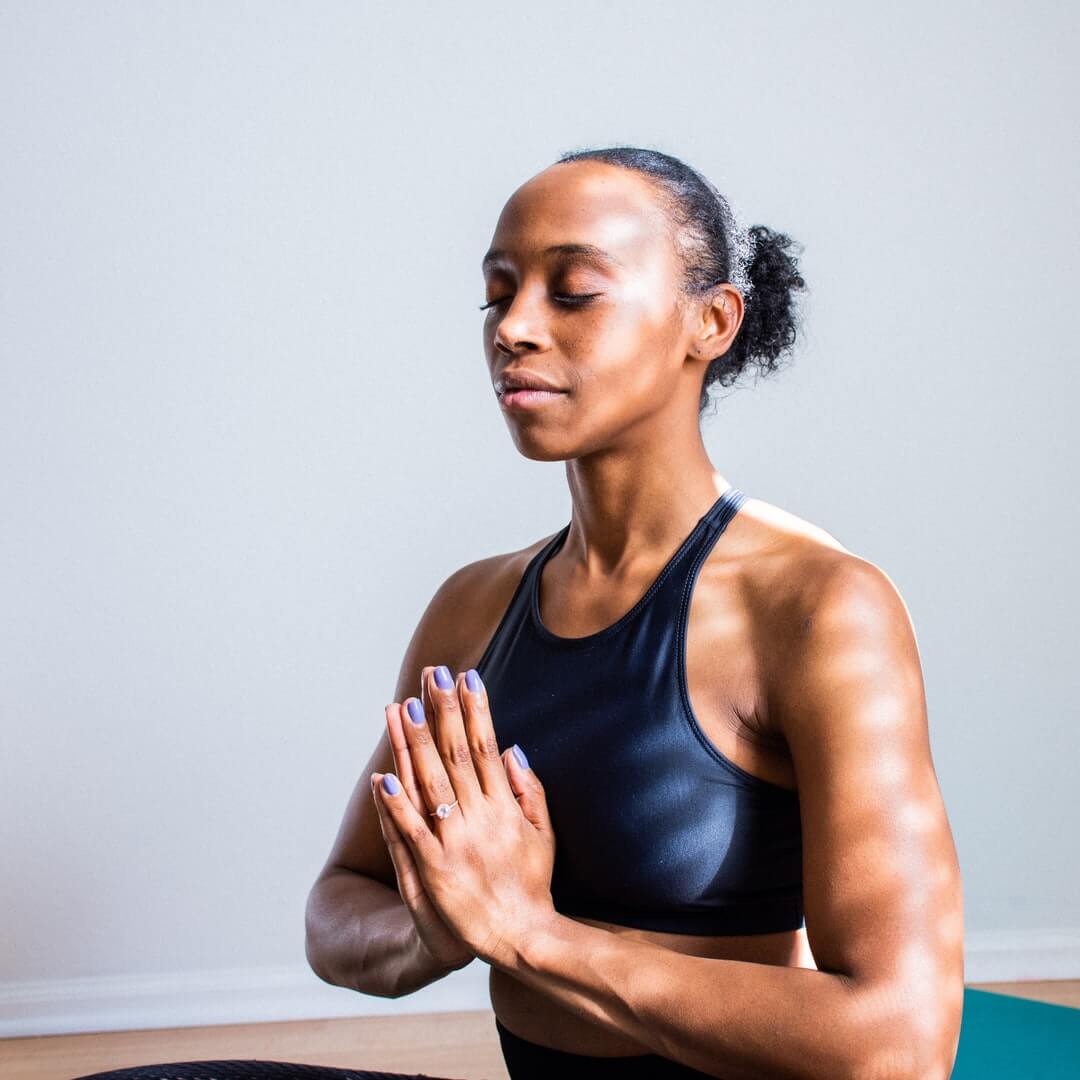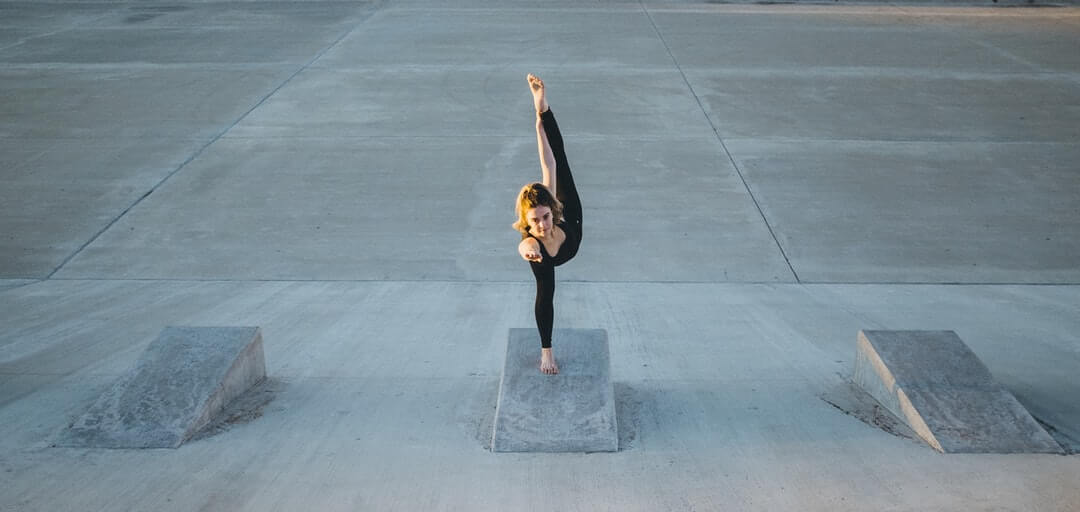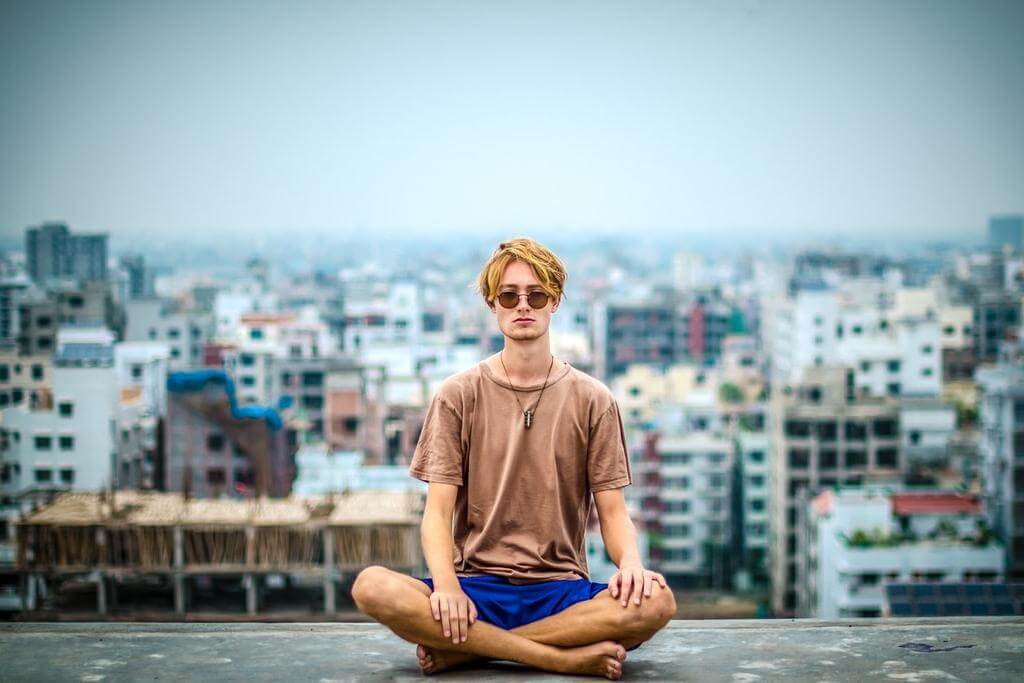What if there was a comprehensive set of guidelines for living a mindful life?
The eight limbs of yoga are like a set of rules or guidelines to live by. Known as “ashtanga” in Sanskrit, they were established in India in the 2nd century BCE, in an ancient text known as Patanjali’s Yoga Sutras—one of the most famous yogic texts. These values are known as the “Eightfold Path” and are believed to help you live a purposeful life, both on and off the mat. The limbs start on the outside with more external practices like actions and yoga postures. Then, the limbs work their way inward, eventually ending at Samadhi, the limb of “ultimate bliss”.

1. Yama
Yama means “restraint” and each yama is a moral “don’t” in Hinduism that helps you live an ethical life.
The five Yamas are:
1. Ahimsa – Nonviolence
2. Satya – Truthfulness (non-lying)
3. Asteya – Non-stealing
4. Brahmacharya – Celibacy, marital fidelity or moderation
5. Aparigraha – Non-coveting

2. Niyama
The five Niyamas (moral observances) complement the yamas as virtuous practices for self discipline or “do’s”.
The five Niyamas are:
1. Shaucha – Purity in thoughts, words and actions
2. Santosha – Contentment or acceptance of both oneself and others
3. Tapas – Austerity, self-discipline
4.Svadhyaya – Self-study
5. Ishvarapranidhana – Contemplation of God or surrender to God (the Supreme Being)

3. Asana
The third limb, Asana, directly translates to “seat” or “seated position.” In the Yoga Sutras, asana simply referred to a seated position meant to prepare the mind and body for meditation. Today, Asana is the most well-known limb in the West. It makes up the physical yoga postures that are so popular in the modern world.

4. Pranayama
In Sanskrit, “prana” is known as the life-force, but prana also refers to the breath. The term “ayana” refers to restraint, making Pranayama: the control of the breath that directs the life force. Many styles of yoga incorporate conscious breath control to improve vitality, calm the mind and clear blockages that hinder the flow of prana.

5. Pratyahara
The Sanskrit for Pratyahara directly translates to prati meaning “against” and ahara meaning “to bring near”. The idea with Pratyahara is to increase inner awareness by withdrawing your mind and senses inward. This is the first limb in the eightfold path that focuses on the inside, rather than the outside (actions, physical postures, breath).

6. Dharana
The root “dhr” of Dharana means “to maintain” or “to hold”. This limb of yoga is about focusing the mind on one singular thing. This intense form of concentration trains the mind. Popular forms of Dharana include, gazing at a flame or repeating a single mantra.

7. Dhyana
Dhyana literally means “concentration” and this seventh limb of yoga takes Dharana to a deeper level. Your mind is turned completely inward so you are in deep meditation and have a constant flow of thoughts only on the object of focus in Dharana. Think of Dhyana of the “flow state” you sometimes hit when you are completely engrossed in something like a project.

8. Samadhi
Finally, Samadhi translates to “union” or “putting together.” This final stage of meditation is more of an abstract concept but, simply put, it is a state of “Ultimate Bliss” when the meditator becomes one with the subject of meditation. Think of samadhi as a temporary state of transcendence where all things become one.



